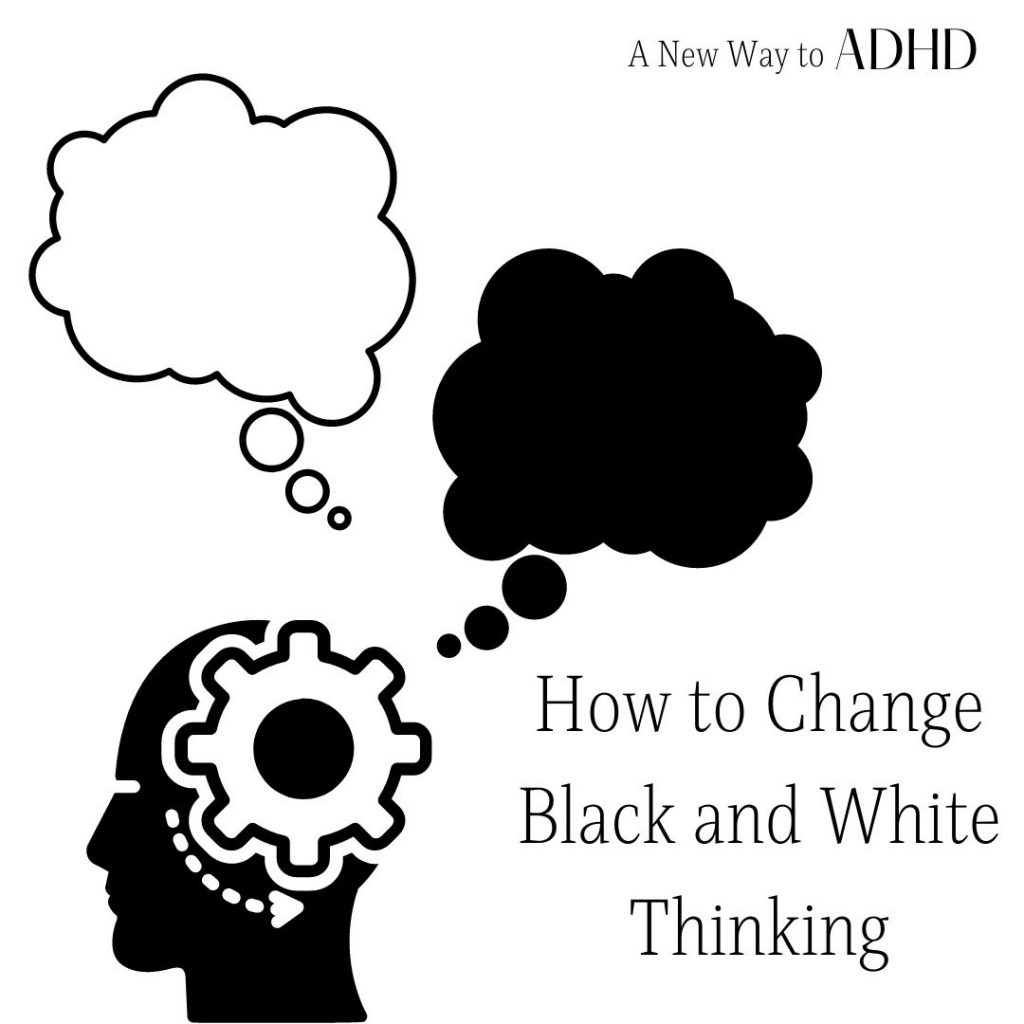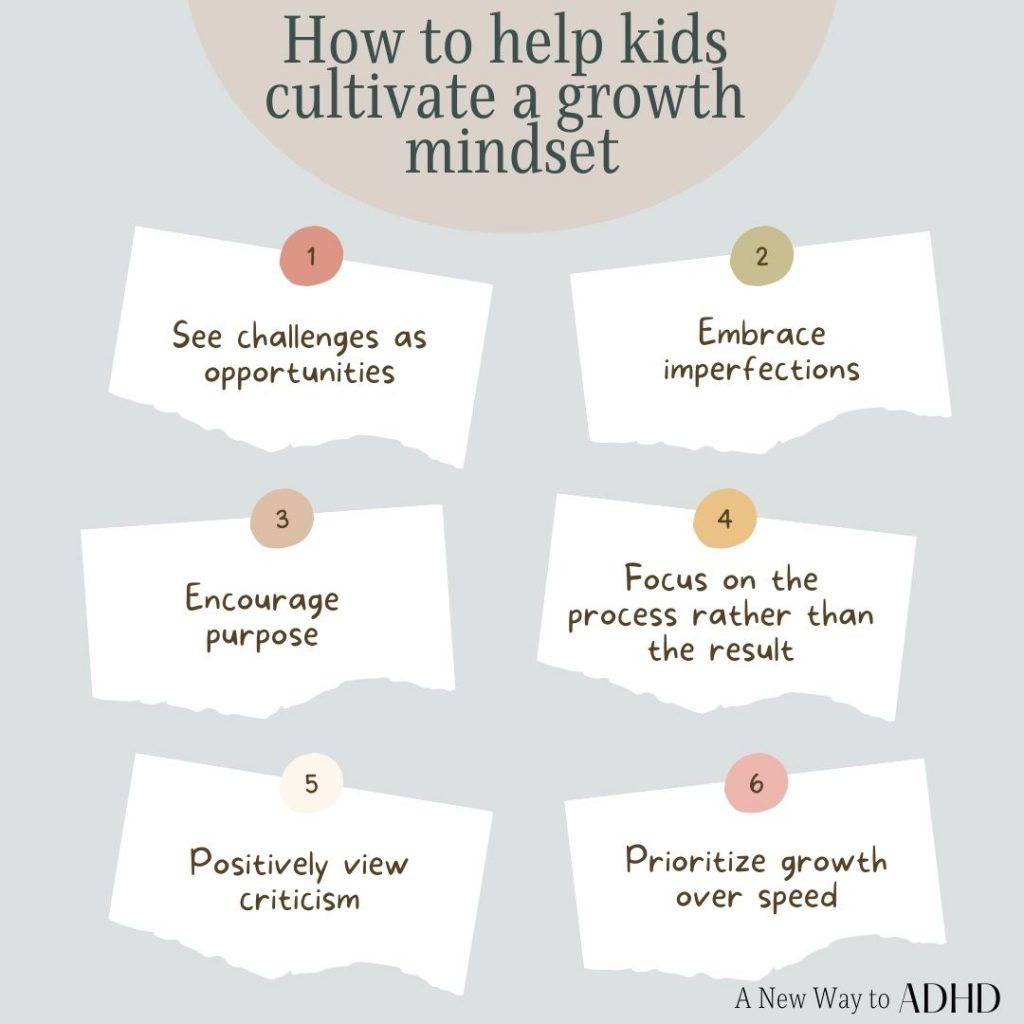
Many kids with ADHD struggle with black-and-white thinking. When presented with problems, they typically only see two extreme options. This is the best/This is the worst. I am so smart/I am an idiot. You always…/You never…
How do you get an ADHD child to move away from black-and-white thinking?
Add a Touch of Grey and Help Them Explore Having a Third Option
The answer is to add a touch of grey. Teaching kids to see the grey area is about helping them learn that things are not all good or all bad. By teaching them to have a third option, we are pulling them out of the perfectionist thinking that many of our kids fall victim to.
Asking your child “What would a third option look like?” allows them to strengthen their problem-solving skills.
You can also ask things like, “Is there another way to look at this situation?” or “What else is possible?“
Practice Having a Growth Mindset
A growth mindset is when you understand that there is always potential to grow and learn. That you are not born with innate skills, and it takes work and patience to achieve things.
For example, your child tries to do a puzzle and gives up when it becomes too difficult and yells, “I’m not good at doing puzzles”. We can change this thought with one simple word, yet. Gently reminding them that they are not good at puzzles yet allows them space to make mistakes, sometimes fail, and grow from those experiences.

Learn the Power of And
Adding and to a negative thought helps kids develop a third-option mindset. Essentially, it is the belief that good and bad things can exist simultaneously.
I can be mad that is raining on park day and be happy because I get to read my new book.
I can be upset if my mom scolded me and I can still want a hug from her.
It’s okay to want independence as I get older and ask for help.
Emotions are complicated and hard to understand. It is a great way to explore emotions with your child and open up conversations about feelings.
Establish a Gratitude Practice
The ADHD brain recalls negative events more than positive events. This is called negativity bias. Establishing a gratitude practice can be helpful in training the brain to recognize the positive moments that happened in the day. Looking for moments during the day to be grateful for helps us look for rainbows after the rain. For example, if your child is fixated on the mistake they made in english class, have them reflect on the wins of the day and the small things that made them smile

